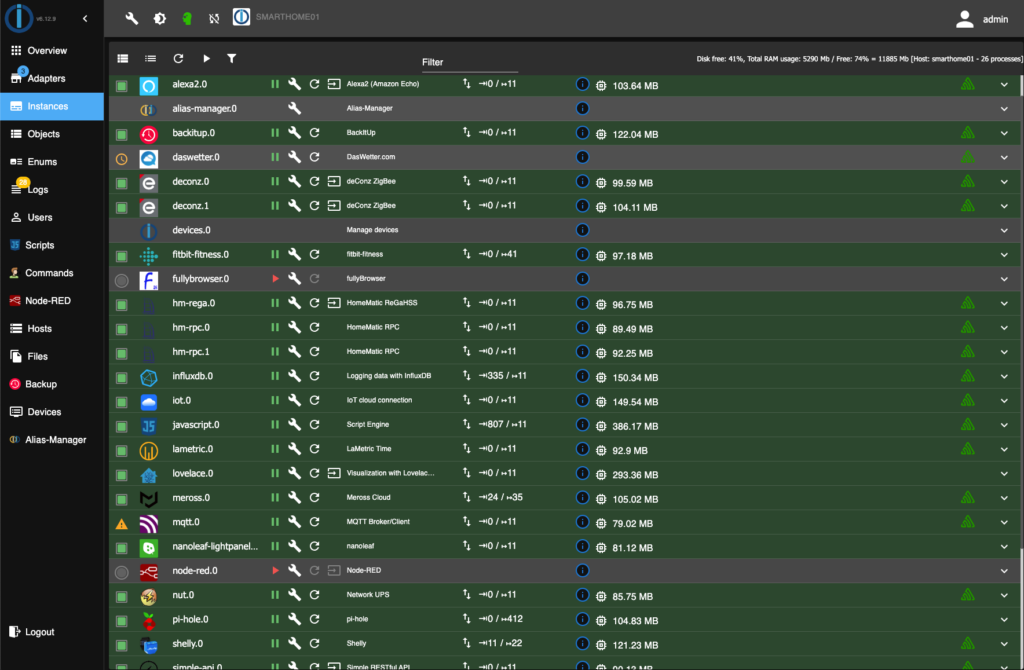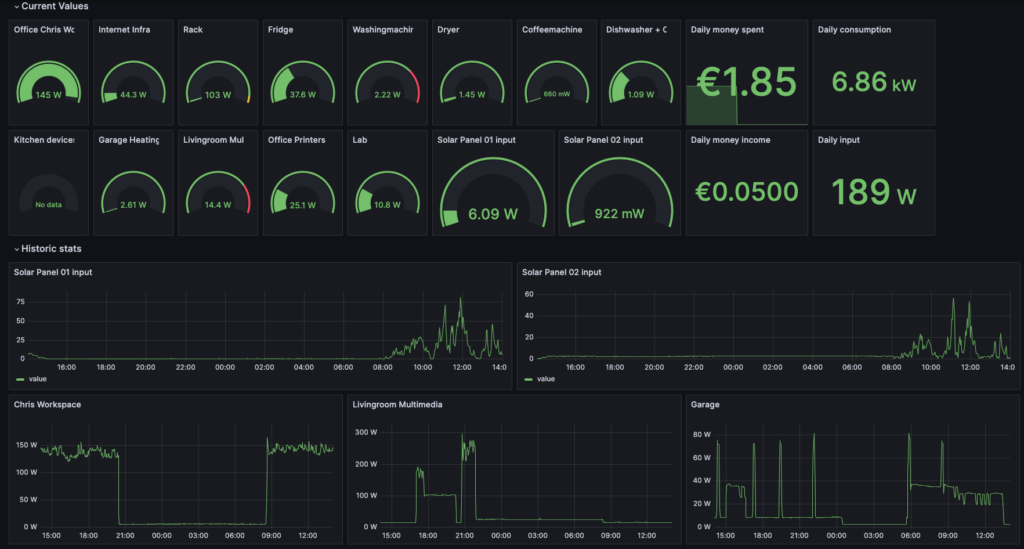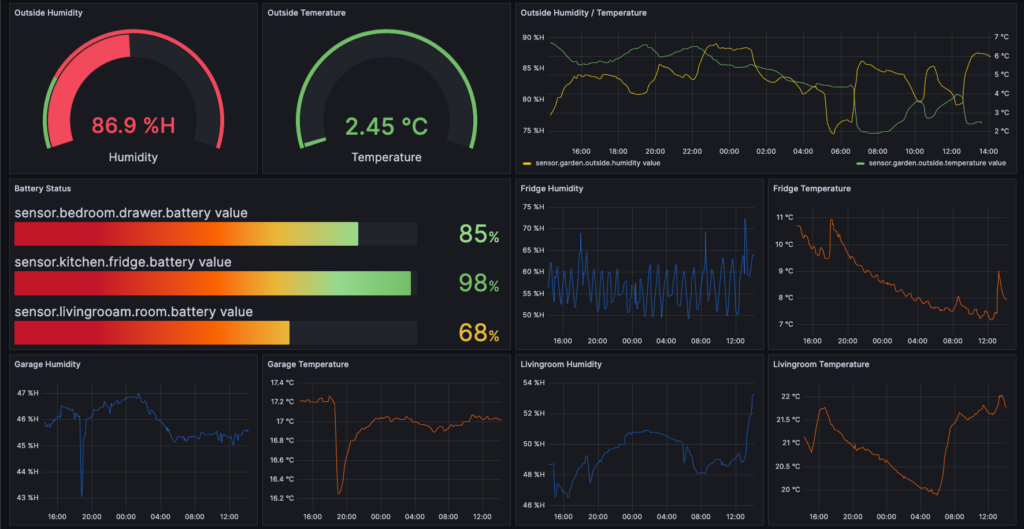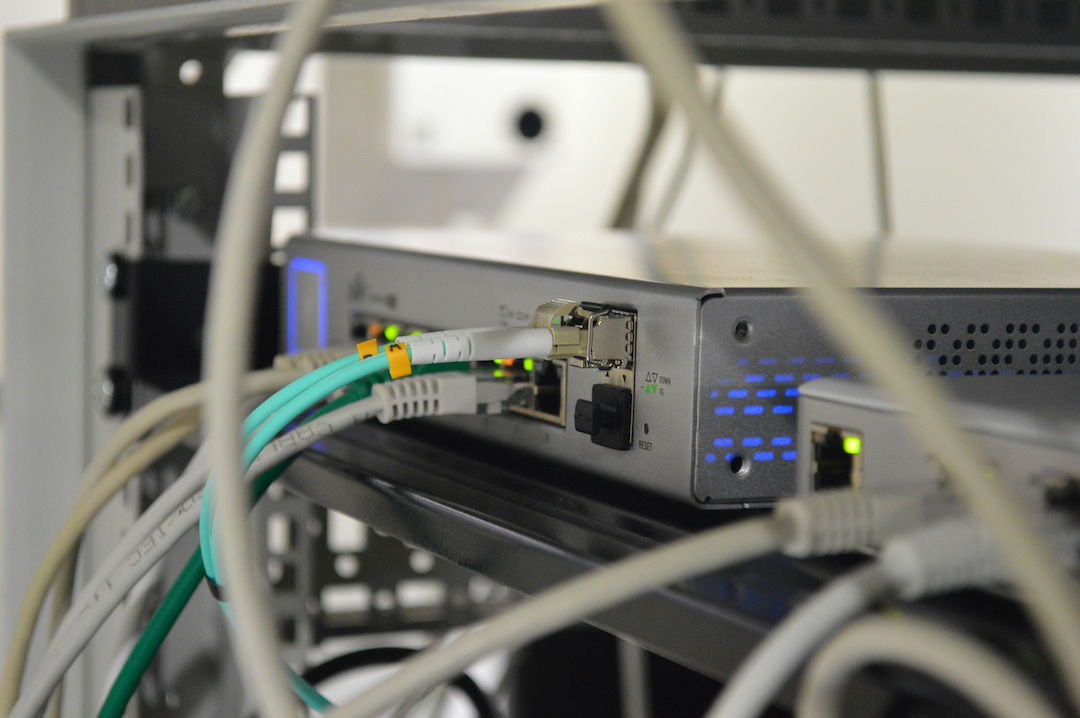Table of Contents
Introduction
Welcome to the world where home meets automation! If you’ve been following my journey, you know that my passion for automation extends far beyond the realm of business. My home is a living testament to this passion, where every corner buzzes with the magic of smart home technology.
Rewind to about a decade ago, and you’d find me tinkering with a Raspberry Pi, hooking it up with motion and temperature sensors. Fast forward through years sprinkled with Black Fridays and Cyber Mondays, and you’ll see how my humble setup has evolved into an eclectic mix of gadgets. I’ve gradually transitioned from DIY Raspberry Pi solutions to a diverse array of devices from various brands, each speaking a different technological language – be it 868 MHz, Zigbee, or WiFi.
Despite their differences, there’s one thing that unites all these devices: the wealth of data they generate. In this post, I’ll dive into how I capture this treasure trove of information from my smart home setup for later analysis. Stay tuned for an exciting journey into the heart of home automation telemetry!
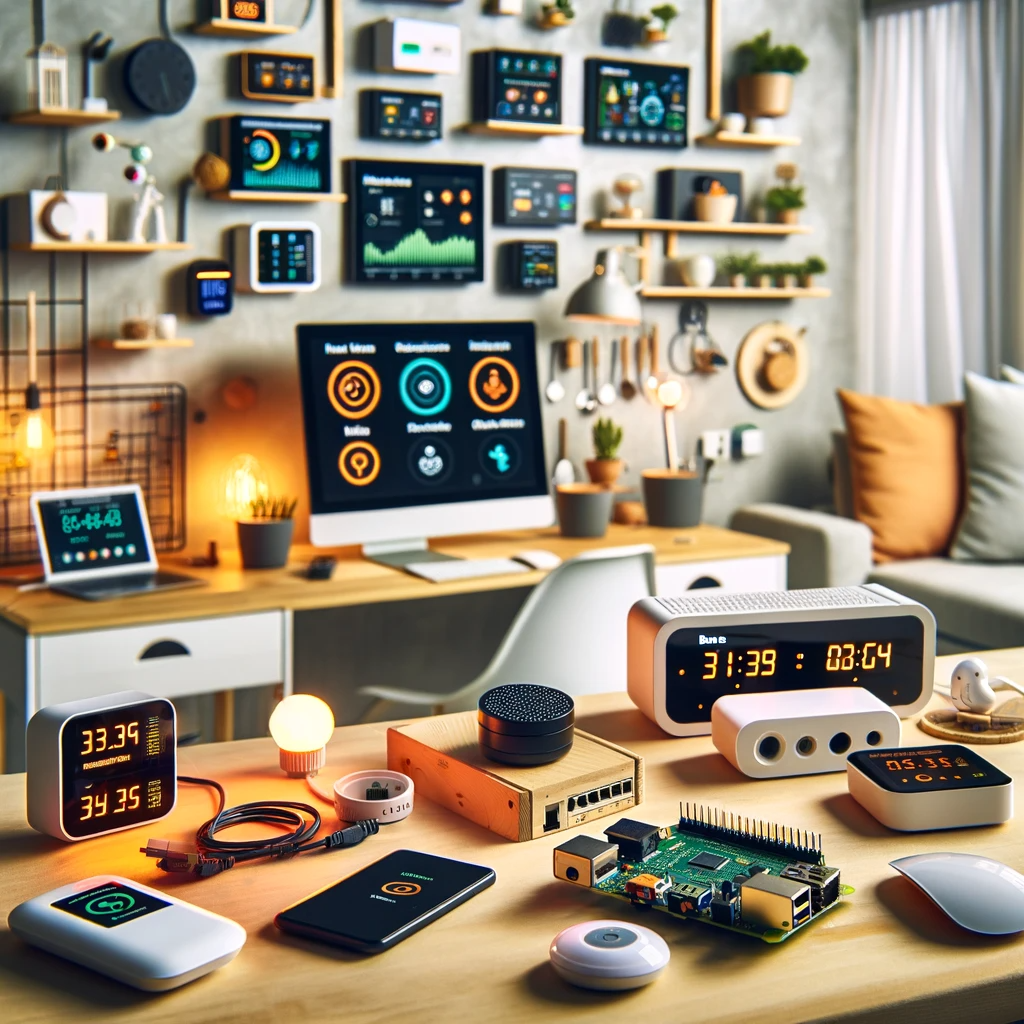
Implementing a Unified Controller for Multi-Vendor Smart Home Devices
When it comes to managing a smart home, the first hurdle is often the diverse array of devices from different vendors. Each typically comes with its own bridge and, frustratingly, demands the use of a separate app. But who wants to juggle multiple apps just to turn on a light or adjust the thermostat? Certainly not me! So, what’s the solution? It’s simpler than you might think.
The Key: A Central Controller
The answer lies in a single, versatile controller capable of managing devices from various vendors. This controller needs to be flexible, extendable, and support a wide range of devices. Enter IOBroker – my go-to solution for this very purpose.
Why IOBroker?
IOBroker has been my trusty sidekick for years now, and for good reason. It boasts over 600 adapters, covering a broad spectrum of popular vendors, ensuring almost anything in your smart home ecosystem can be integrated seamlessly. It’s like having a universal remote, but way cooler!
My Setup
In my setup, I have IOBroker integrations for:
- Aqara Sensors: For motion detection and temperature monitoring.
- Merros and Shelly: Power plugs that allow me to control appliances remotely.
- Homematic: A suite of solutions for various home automation needs.
Here’s a snapshot showcasing some of the plugins I use in IOBroker. This visual gives you a peek into the heart of my smart home’s control system – where complexity meets simplicity, and technological diversity harmonizes under one digital roof.
Continuing our journey in smart home automation, we’ve successfully tackled the challenge of unifying multiple vendors under one roof with IOBroker.
Now, it’s time to address the next crucial step: centralizing the data produced by our sensors and devices.
Centralizing Data: The Key to Smart Home Intelligence
Each data point generated by our smart home devices is represented as an object in IOBroker. With an additional adapter, we are able to save the date into an external database.
Leveraging Database and Visualization Tools
To make sense of data, we turn to tools commonly used in professional IT environments. This setup mirrors what we do for example in the data center with Nexus devices and telemetry. This brings a slice of that professional-grade technology right into our homes. 😍
- Time Series Database (InfluxDB): This database is perfectly suited for handling time-stamped data from sensors, such as temperature readings, power consumption, and motion detection events.
- Visualization Software (Grafana): Grafana excels in turning raw data into understandable, visually appealing dashboards.
From Data to Dashboards
I’m capturing a variety of data points, including power consumption, temperature, humidity, motion, and even the fitness data that my watch is generating. Below is a screenshot showing power consumption and temperature data. This is just the start – using these tools, I’ve created dashboards that bring this data to life, offering insights at a glance.
This approach empowers us to make informed decisions based on real-time data, elevating our home automation experience to a new level.
The Value of Collecting Data in Smart Home Automation
You might be wondering, “Why go through all the effort to collect and analyze data from smart home devices?” The answer lies in the insights and practical applications that this data can unlock. Let me share some personal experiences to illustrate the benefits.
Coffee Maker Insights: Saving Energy and Money
Take my coffee maker, for instance. As a coffee enthusiast, it’s one of the first devices I turn on in the morning and it often stays on throughout the day. But, through data collection, I discovered its internal heating cycle that activates intermittently. This insight led me to turn it off after use, saving energy and money.
Testing “ECO” Modes on Devices
Many devices boast an “ECO” mode, claiming energy efficiency. But how efficient are they really? With data collection and analysis, you can put these claims to the test. Sometimes, the results are quite surprising!
Smart Reminders: Fridge and More
Ever rushed out and forgotten to close the fridge? I’ve been there. By monitoring the temperature and power consumption data, I’ve set up a system that sends me a reminder to close the fridge door. It’s a small but practical use of data.
Dishwasher and Washing Machine: Knowing When They’re Done
Similarly, tracking the power consumption of the dishwasher and washing machine helps me know exactly when they finish their cycles. No more guessing or checking repeatedly – the data tells me when it’s done.
Endless Possibilities with More Data
The more device data you collect, the more potential use-cases emerge. It’s not just about automation; it’s about creating a smarter, more responsive home that adapts to your lifestyle and needs.
Conclusion
In wrapping up, our journey through the integration and utilization of telemetry data in home automation reveals a fascinating use of technology, practicality, and innovation. From unifying disparate smart devices under one umbrella with IOBroker to tapping into the power of InfluxDB and Grafana for data analysis and visualization, we’ve crossed the landscape of smart home technology, uncovering its potential.
Key Takeaways:
- Unified Control: Managing multiple vendors seamlessly with a single controller enhances efficiency and user experience.
- Data-Driven Insights: Collecting and analyzing data from smart home devices leads to unexpected discoveries and energy savings.
- Practical Applications: Whether it’s a reminder to close the fridge or knowing when the laundry is done, the practical benefits of this data integration are undeniable.
- Continuous Learning: The more data we collect, the more we understand about our devices and habits, paving the way for smarter automation and energy-efficient living.
Why Home Automation?
This journey is more than just about gadgets and data. As we continue to integrate more devices and harness more data, our homes will become not just automated but truly intelligent.
The possibilities are endless, and the future of home automation is bright, driven by data and creativity.


